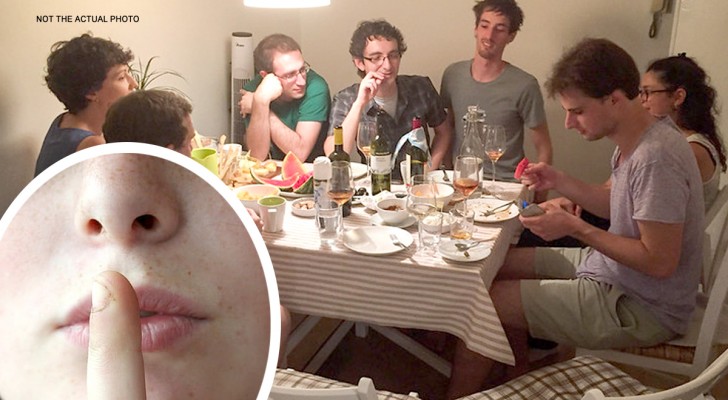Just write the name and specialization on the surgical cap! A doctor's clever idea that can help save patients' lives

During surgery, even when it is a simple or routine surgical operation, there is always the risk that something unpredictable may happen.
In those moments, there is very little time to act, each medical staff member needs to be perfectly coordinated and understand each other on the fly.
To this end, a doctor who has become famous throughout the world as "Rob the anesthesiologist" has invented a simple and ingenious way to improve communication between the operating room staff.
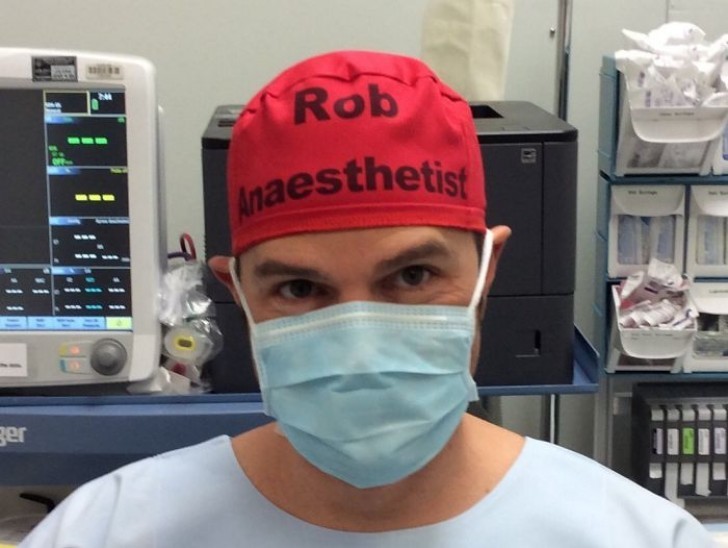
His clever idea is to write the name of the doctors, assistants, and nurses on the surgical cap aka scrub hat that every operating room staff member is required to wear.
In addition to their name being written on the surgical cap, each operating room staff member's specialization is also printed, such as; anesthesiologist, surgeon, head nurse, etc.
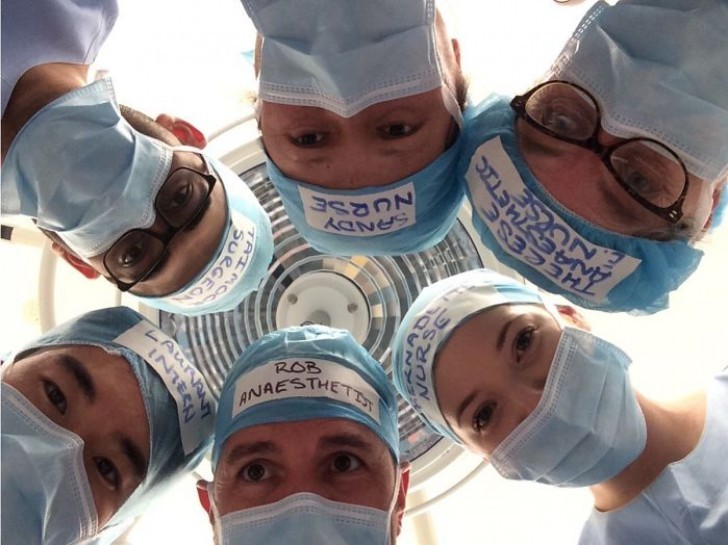
At first glance, this idea may seem trivial and could easily be underrated, but this clever idea saves precious time at critical moments and in some cases, it can even save people's lives.
This is because, it often happens that many people are present or who alternate in the operating room during a surgical operation, so it can be difficult to remember everyone.
In addition, with surgical caps and masks on the faces of the operating room staff, it is also sometimes difficult to recognize each other.
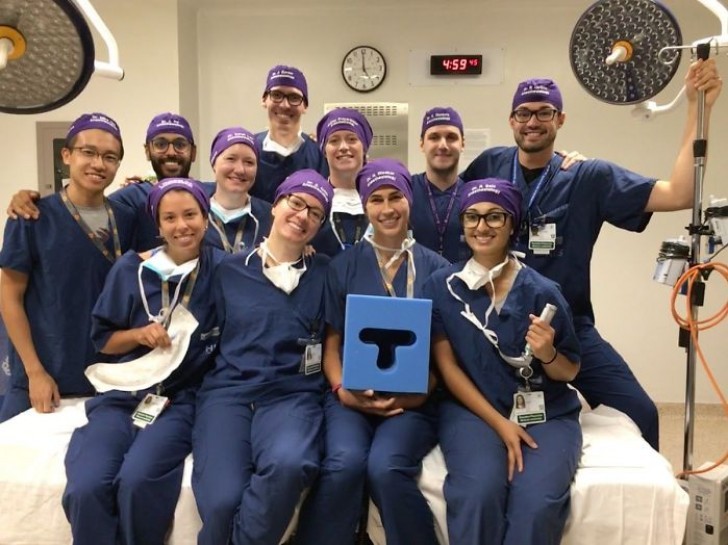
It is a well-known fact that while performing any surgical operation, but especially a difficult one, each member of the operating room staff must act as a team.
Consequently, this means knowing each one's role and knowing exactly who to call in order to ask for a particular surgical instrument or who can quickly intervene to replace someone in specific situations.
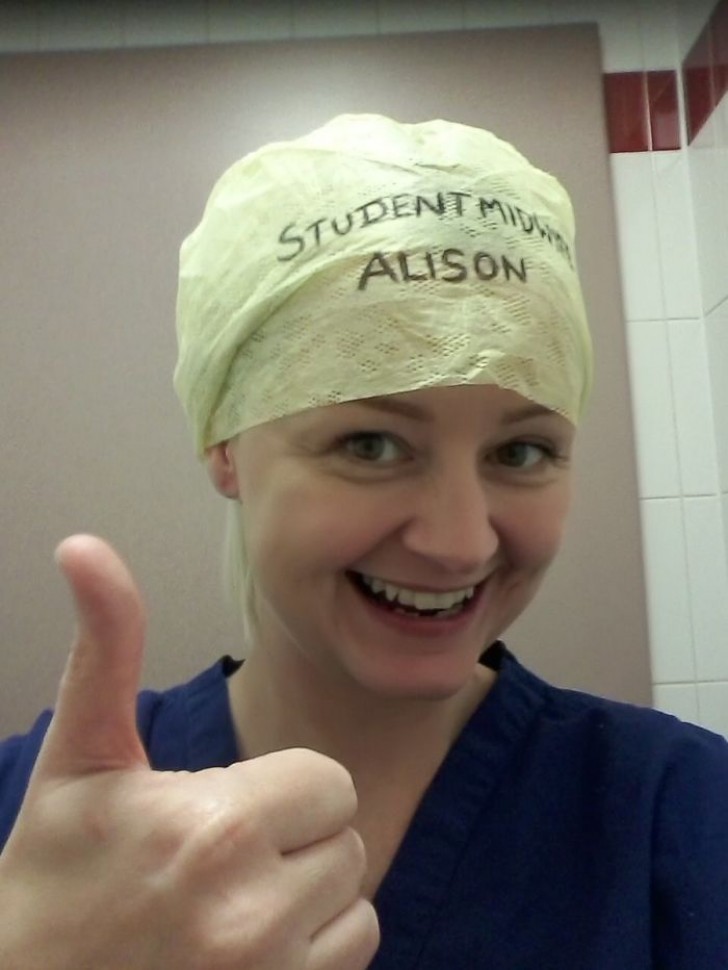
This brilliant and intuitive idea, in addition to making the work of the operating room staff more efficient, is also very much appreciated by the patients themselves.
It is, as a matter of fact, a way to make the hospital environment more familiar and less difficult for those who find themselves in a state of both physical and psychological tension and vulnerability.
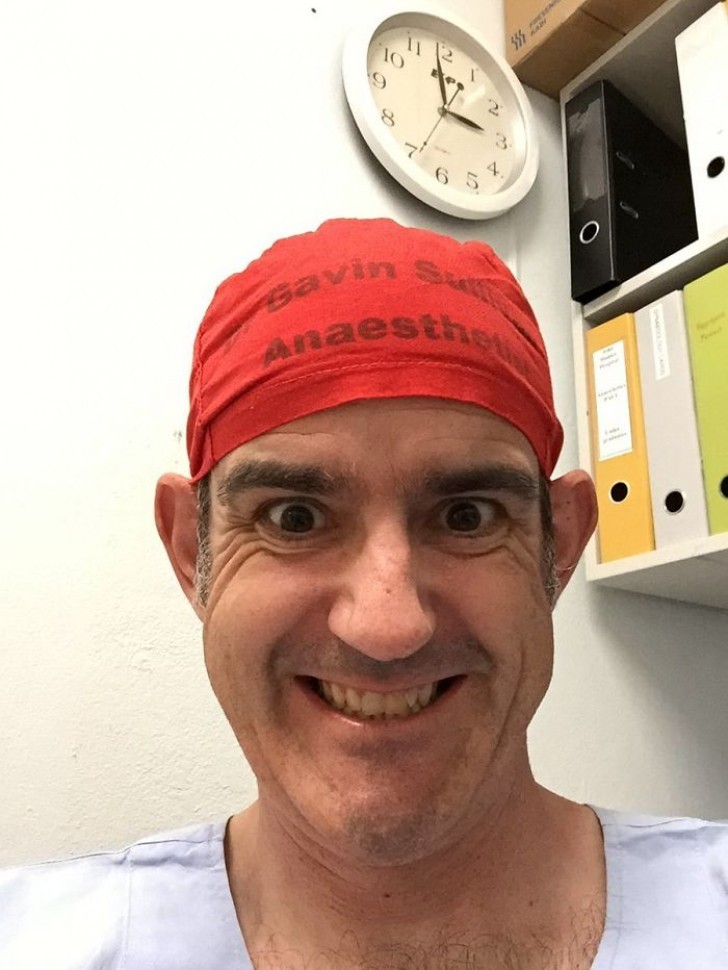
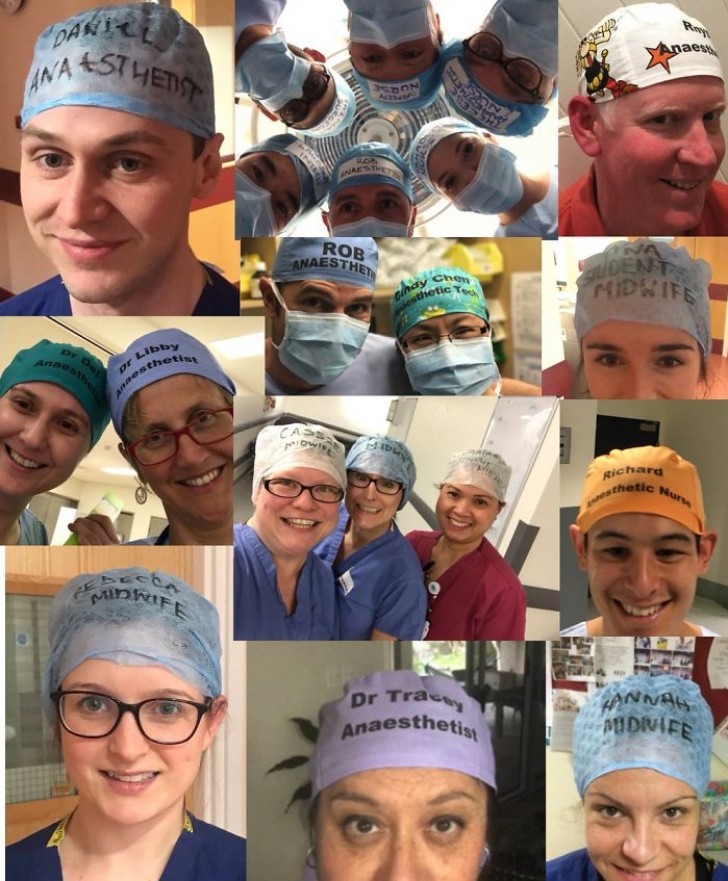
This smart idea has also influenced many other clinics and hospitals that have copied the initiative and applauded its disarmingly simple but clever effectiveness.
It is hoped that more and more professionals in the medical care sector will also take this as an example of how one individual's personal idea can both improve the quality of medical services as well as preserve the well-being of the patients.



